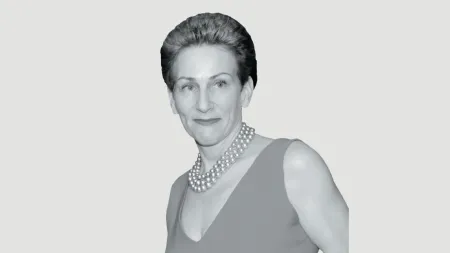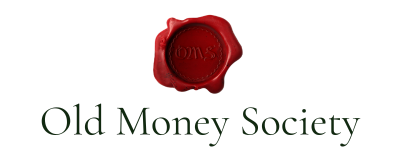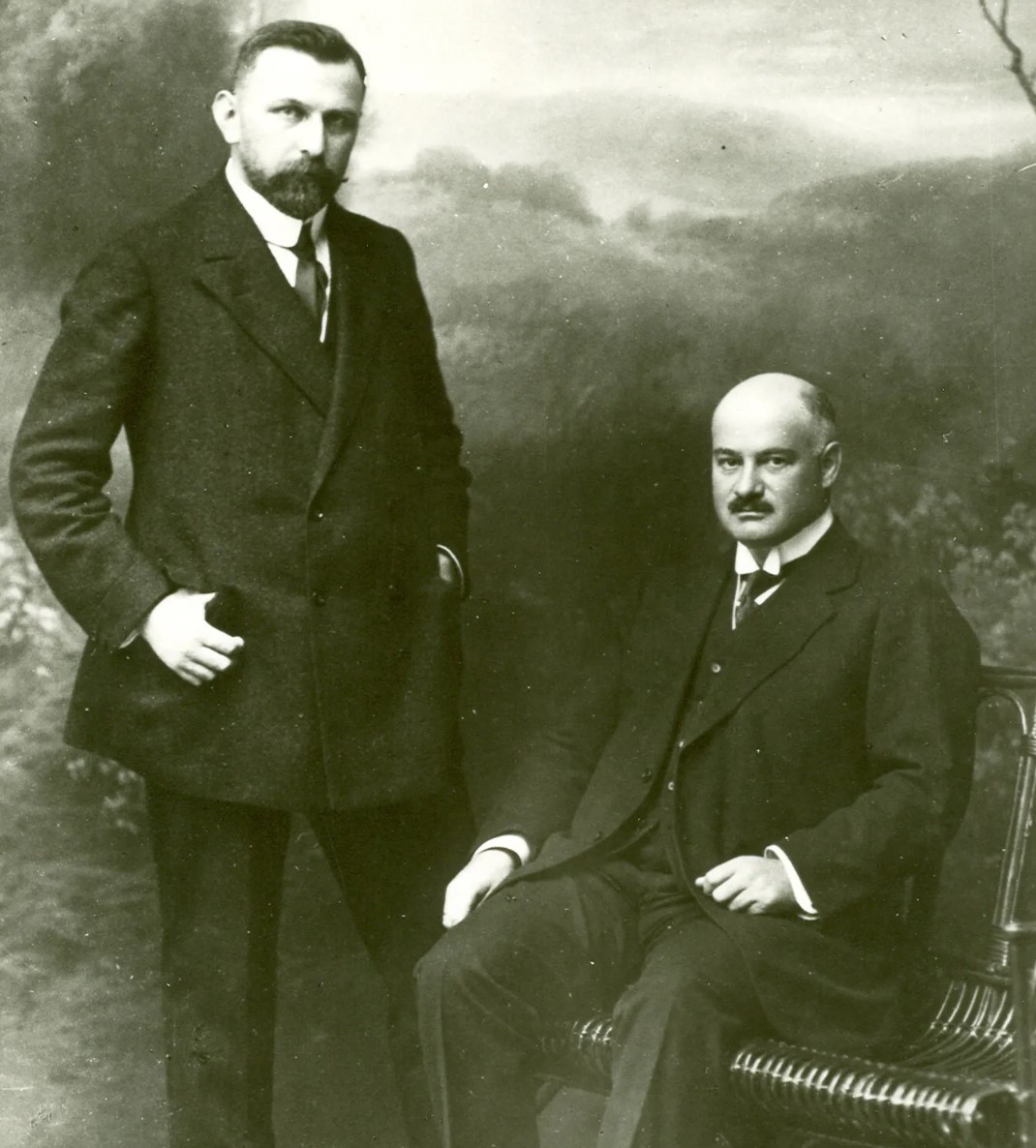Net worth: $25.1 billion
When most people think of powerful families in Switzerland, their minds may wander to private banks or secretive watchmakers. But tucked behind the Alps is a family dynasty that has amassed one of the greatest pharmaceutical fortunes in history—while remaining largely out of the spotlight. Welcome to the world of the Hoffmann-Oeri family—Switzerland’s richest dynasty and the secretive force behind Roche, one of the largest healthcare companies in the world.
Origins: From Apothecary Roots to Global Pharma
The Hoffmann-Oeri saga begins with Fritz Hoffmann-La Roche, who founded the pharmaceutical company Roche in Basel, Switzerland in 1896. His vision was revolutionary for the time: instead of simply compounding medicines on-demand like most pharmacists, he believed in producing standardized, branded medications at scale.
This innovative approach paid off. By the early 20th century, Roche had begun producing key vitamins, anti-infectives, and synthetic compounds that would define the modern pharmaceutical industry.
Fritz’s marriage into the Oeri family, another prominent Basel family with deep cultural and scientific interests, cemented a dynastic union that would eventually become one of Europe’s wealthiest lineages.
Roche: A Corporate Giant, A Family Fortress
Today, F. Hoffmann-La Roche AG is a global titan, with operations in over 100 countries and revenues topping $70 billion USD annually. Best known for its leadership in oncology, immunology, and diagnostics, Roche has developed treatments for cancer, HIV, hepatitis, and autoimmune diseases—and played a vital role in producing COVID-19 diagnostic tools during the pandemic.
Despite being publicly traded, Roche is anything but ordinary on the inside. The Hoffmann-Oeri family controls over 50% of the company’s voting shares through a tight-knit foundation and holding structure. This effectively gives the family veto power over all major decisions and mergers—making Roche one of the most “privately controlled public companies” in the world.
It’s this governance model that has helped Roche avoid hostile takeovers, resist short-term Wall Street pressures, and stay focused on long-term innovation.
The Wealth: Quiet, Generational, Enormous
According to Bloomberg and Forbes, the Hoffmann-Oeri family fortune is estimated at $40 to $45 billion USD, making them the wealthiest family in Switzerland—and among the top ten wealthiest in Europe.
But unlike flashier dynasties, the Hoffmann-Oeris rarely make headlines. Their names don’t grace tabloids, and they don’t splash their wealth across luxury magazines or Instagram. In classic Swiss fashion, discretion is not only preferred—it’s institutional.
The family’s stake in Roche is primarily held through a family trust and several charitable foundations. This strategy has allowed the wealth to endure for generations, while supporting arts, science, and public health initiatives both in Switzerland and abroad.
The Heirs: Focused on Philanthropy and Stewardship
One of the most visible family members is Maja Oeri, a descendant of both Fritz Hoffmann and the Oeri line. Known as a cultural patron, Maja has poured significant funds into supporting Basel’s art scene, including the Schaulager museum, Kunstmuseum Basel, and numerous international art initiatives. She is considered one of the most influential arts philanthropists in Europe.
But beyond Maja, most members of the Hoffmann-Oeri dynasty remain intensely private. The next generation is thought to be involved in academia, biomedical research, foundation work, and strategic oversight of Roche—not in celebrity circles or splashy boardrooms.
In many ways, this approach reflects an “old money” philosophy: wealth as stewardship, not spectacle.

Strategic Patience: Why the Family’s Control Matters
While many family-owned empires struggle with succession, the Hoffmann-Oeri family has avoided the typical pitfalls. Their success can be attributed to three key principles:
Long-Term Vision
Roche reinvests heavily in R&D—roughly 20% of revenues—an unusually high figure in global pharma. Family control shields the company from shareholder pressure to chase quarterly earnings at the expense of innovation.Non-Dilution of Control
By consolidating voting rights within the family and carefully managing share transfers, the Hoffmann-Oeris have preserved their influence through generations without diluting their power.Public-Private Balance
Roche’s hybrid model—a public company with private control—gives it the best of both worlds: access to global capital markets, but the ability to act like a family firm when it comes to values and direction.
The Legacy: Beyond Medicine
Beyond their wealth and business success, the Hoffmann-Oeri family has left an indelible mark on Swiss society. From architecture and education to science and public health, their reach extends well past the walls of Roche headquarters.
In a world dominated by tech billionaires and finance moguls, the Hoffmann-Oeris represent a different archetype: the quiet, enduring, values-driven dynasty. They didn’t make their fortune overnight, nor did they burn it in the spotlight. Instead, they did what old money does best—they built it, kept it, and let it shape the world quietly from behind the curtain.
Final Thought
The Hoffmann-Oeri story is not just about drugs, dividends, or dynasties. It’s about vision, stewardship, and restraint in an era that rewards noise over nuance. If Roche is the engine, the family is the silent hand on the wheel—steady, strategic, and determined to keep the course for generations to come.

